Why has Star Wars turned its back on digital film?
George Lucas thought the whole industry would go digital, yet The Force Awakens isn't...
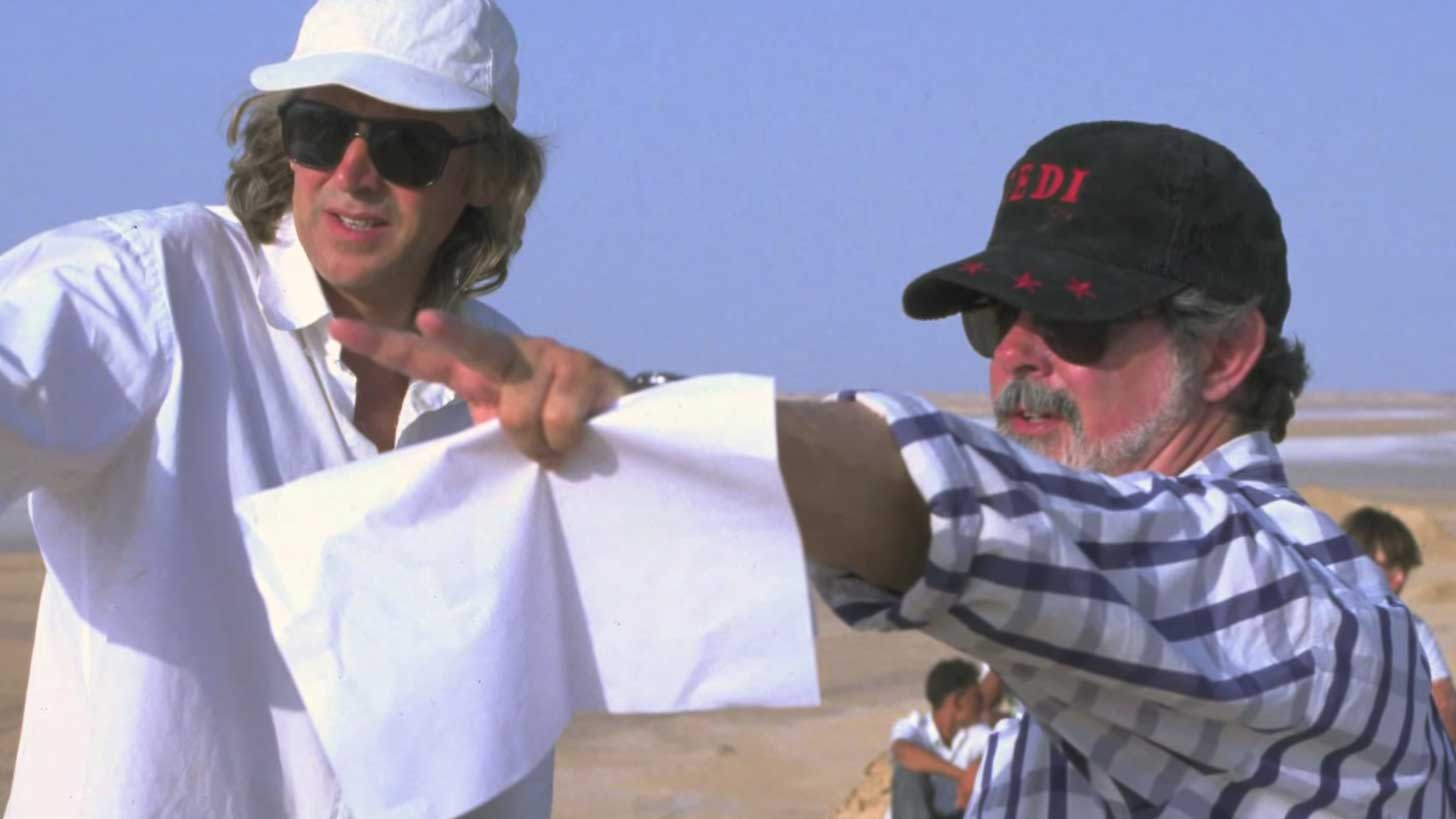
Star Wars has always been at the forefront of movie technology. Back when production of the very first film started in 1975, George Lucas created the company Industrial Light and Magic because there was no special effects firm around capable of creating the visual effects he envisioned for his fantastical sci-fi epic.
Then again in 2002 Star Wars Episode II: Attack of the Clones created movie history by being the first major film shot entirely on digital film.
So why did JJ Abrams announce that he would be shooting the latest film, Star Wars Episode VII: The Force Awakens, on traditional film stock? Why is the series that has done so much to move the industry forward now taking a technological step backwards? And what is that going to mean for the new movie?
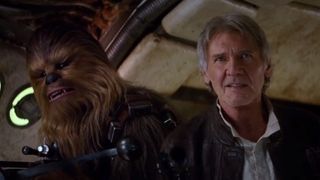
Has the digital revolution died?
George Lucas, had been adamant digital was the future of movie making. In 2002, during his marketing drive for Episode II, he went on record with American Cinematographer about the switch to the new format, saying: "There is so much misinformation being put out there by people who have interests other than the quality of film. They're determined to slow this down or stop it, but they can't. It just won't happen."
"Digital is a much more malleable medium than film, by far; you can make it do whatever you want it to do, and you can design the technology to do whatever you want to do. This whole field is really going to ramp up in the next 10 or 20 years."
But we're now in that 10 to 20 year period, and seeing the release of a new Star Wars film shot entirely on celluloid. The Force Awakens is mostly uses standard 35mm stock, but Abrams has announced his use of 65mm IMAX cameras for a single action sequence set on the desert planet of Jakku.
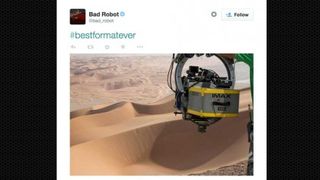
When Abrams' production company Bad Robot tweeted an image of the IMAX camera on location with the hashtag #bestformatever, it made it clear how Abrams feels about the super-celluloid format.
Get the best Black Friday deals direct to your inbox, plus news, reviews, and more.
Sign up to be the first to know about unmissable Black Friday deals on top tech, plus get all your favorite TechRadar content.
The decision to shoot on film is in part an effort to recover the feel of the beloved original trilogy, when the prequels have been subjected to a whole lot of hate.
"This was really important, that the movie, in a way, go backwards to go forwards," Abrams told Screenrant. "This was very much about new characters and a new story, and like Star Wars has always been at its best, a generational tale of understanding young people and understanding their place in the world. So these are brand new characters that we're meeting, but I wanted it to look and feel the way the original trilogy did."
And many directors feel there is a tangible quality to 35mm film that is impossible to replicate with clean, regimented digital images. There is a randomness to film that it's proved impossible to simulate digitally, because of the inevitably slightly varied chemical composition of celluloid. This can affect colour and clarity, but also gives a definitive look to images captured on film.
Directorial dictatorship
However, It isn't necessarily a case of the franchise completely turning its back on digital as a way to capture the Star Wars universe – it's all about the tastes of the individual directors.
JJ Abrams is very much wedded to the idea of film. Working together with his long-time cinematographer Dan Mindel, it's no surprise the pairing isn't shooting digitally.
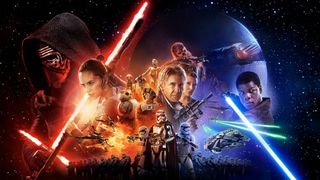
Abrams hasn't shot a film digitally in his career to date, so for him to reject film now, for arguably the most important movie he'll ever make, would have been a strange move to say the least.
It has also been announced that Rian Johnson, the director for Star Wars Episode VIII, will be shooting on 35mm film for his stint in the director's chair too. And with Colin Trevorrow, director for Star Wars Episode IX, having already shot Jurassic World on 35mm film, it looks likely the trend will continue.
But the new trilogy isn't the be-all and end-all of the new Star Wars canon. In order to deliver us a new Star Wars film every year, there are the anthology movies appearing during the new trilogy's "off"years.

Next year we'll see Rogue One: A Star Wars Story hitting theatres, detailing the story of how plans for the original Death Star were stolen before the Battle of Yavin in Star Wars Episode IV: A New Hope.
Gareth Edwards, the director in the chair for Rogue One, is shooting the movie – at least in part – with a large format Alexa 65 digital camera, at a 6K resolution. The ultra-wide digital format has been created to be comparable with the 65mm film used for IMAX capture, which could make Rogue One look spectacular in one of the technology's massive theatres.
So, while the new trilogy might be looking for the same sort of old-school look as the originals – instead of the too-clean, ultra-precise look of Episode II and III – the anthology movies could well have their own distinct look and feel, all provided by their use of new digital formats.
Projection matters
Besides the artistic control George Lucas was so delighted by, one of the biggest benefits of the digital format is the ease and lower cost of distribution. Sending around an encrypted hard drive is a lot easier than transporting and setting up multiple reels of film.
And there's also the fact that many film projectors have been replaced with digital counterparts. So with Star Wars Episode VII: The Force Awakens being shot on 35mm and 65mm film, where are we going to be able to see it?
For the most part, screenings of The Force Awakens will be a digital transfer anyway – even in IMAX theatres. Despite it being hailed as the #bestformatever, only 1% of the theatres in North America will be showing the full IMAX experience and only a reported 15 theatres in the world will have the 70mm IMAX format.
Every other IMAX cinema will be showing the Digital IMAX version, which is barely any larger than standard cinematic widescreen.
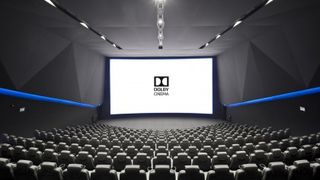
Then there's the 3D version. Now, we know that some people still have a hankering for a 3D movie and good luck to them. Where it's specifically shot with 3D cameras from the outset 3D can be acceptable, but because The Force Awakens has been shot entirely on film, the 3D has had to be retro-fitted.
And that's never a good look.
Our advice? Stick to a good 2D presentation and be careful paying over the odds for an IMAX ticket if you're not sure you're going to get the full six-storey IMAX experience.
But if you possibly can, get yourself to a Dolby Vision cinema – in all its bespoke HDR glory, a Dolby Cinema could well be the best place in the galaxy to watch The Force Awakens.
In the end then the Star Wars franchise actually hasn't turned its back on digital film, it's doing exactly what it's always tried to do: use the best of the currently-available technology to get the effect it's after.
They will still be carrying on the classic Star Wars tradition of pushing movie technology forward with their use of both traditional methods for the trilogy and advanced digital movie cameras and techniques for the anthologies.
So, don't worry, the Force is still strong with these ones.
Most Popular

